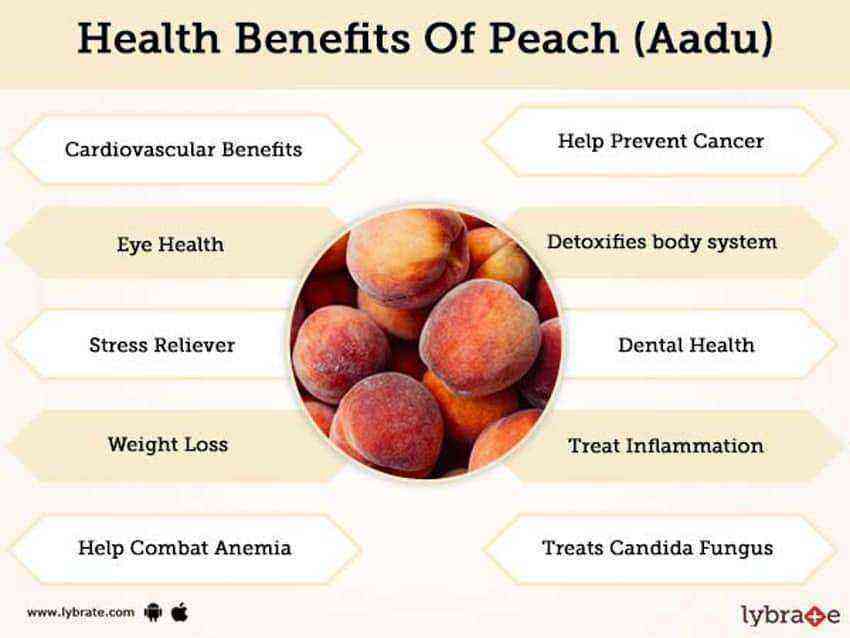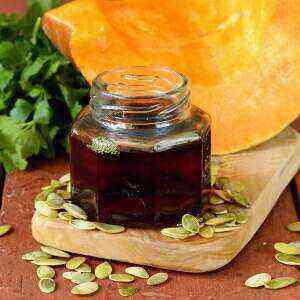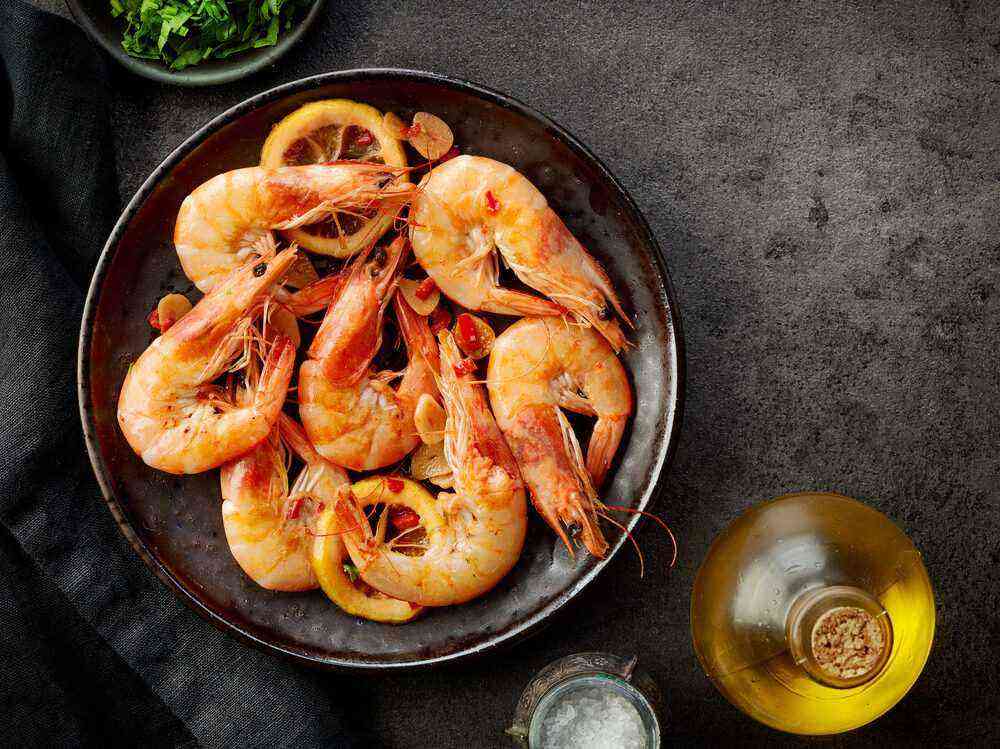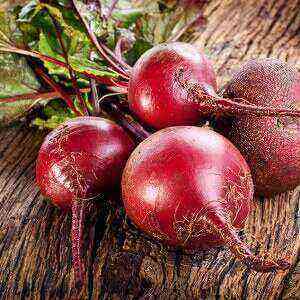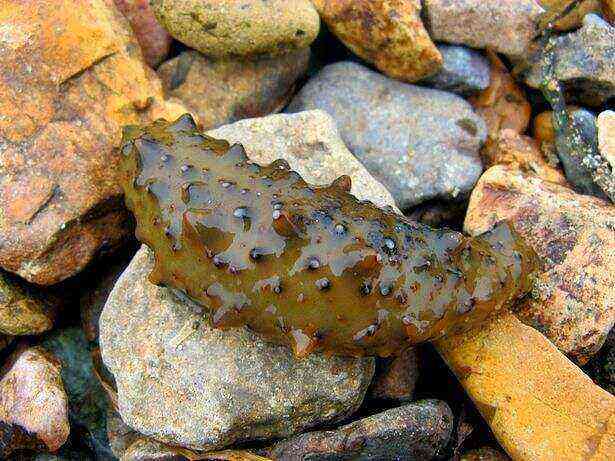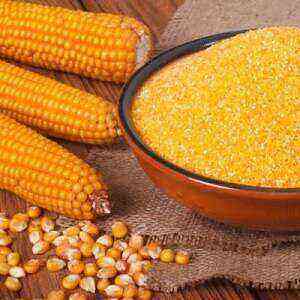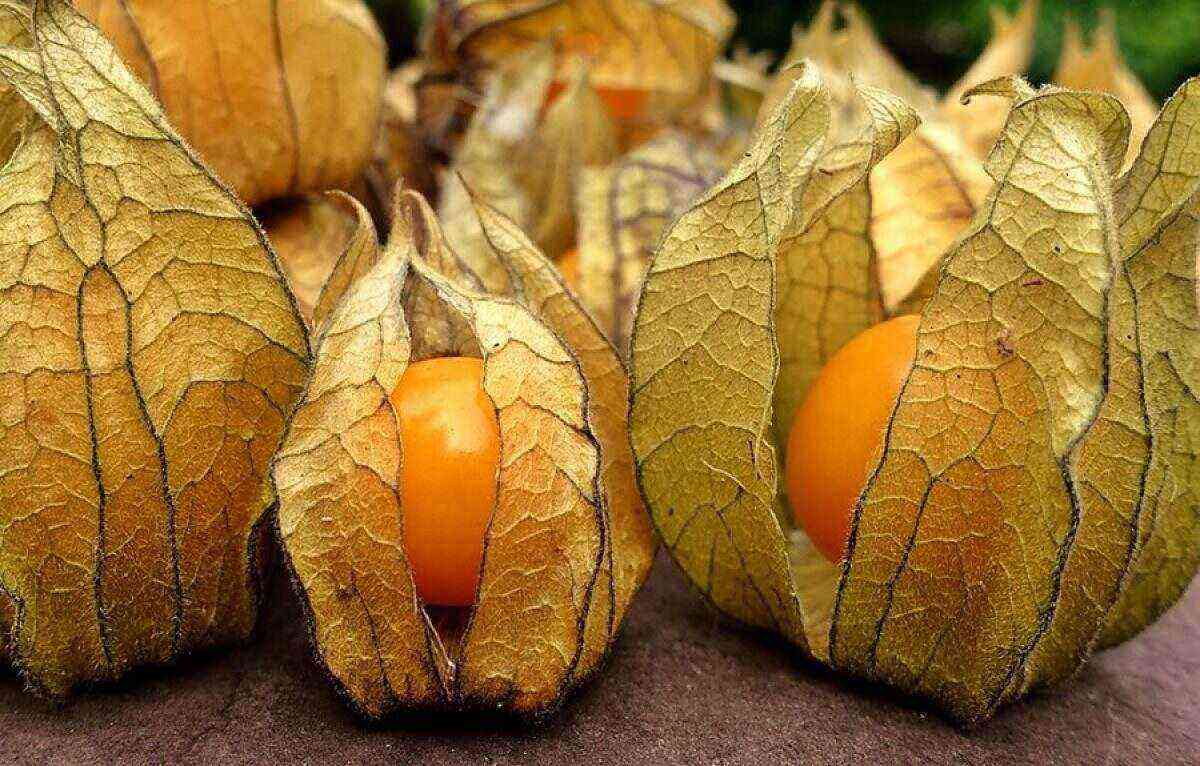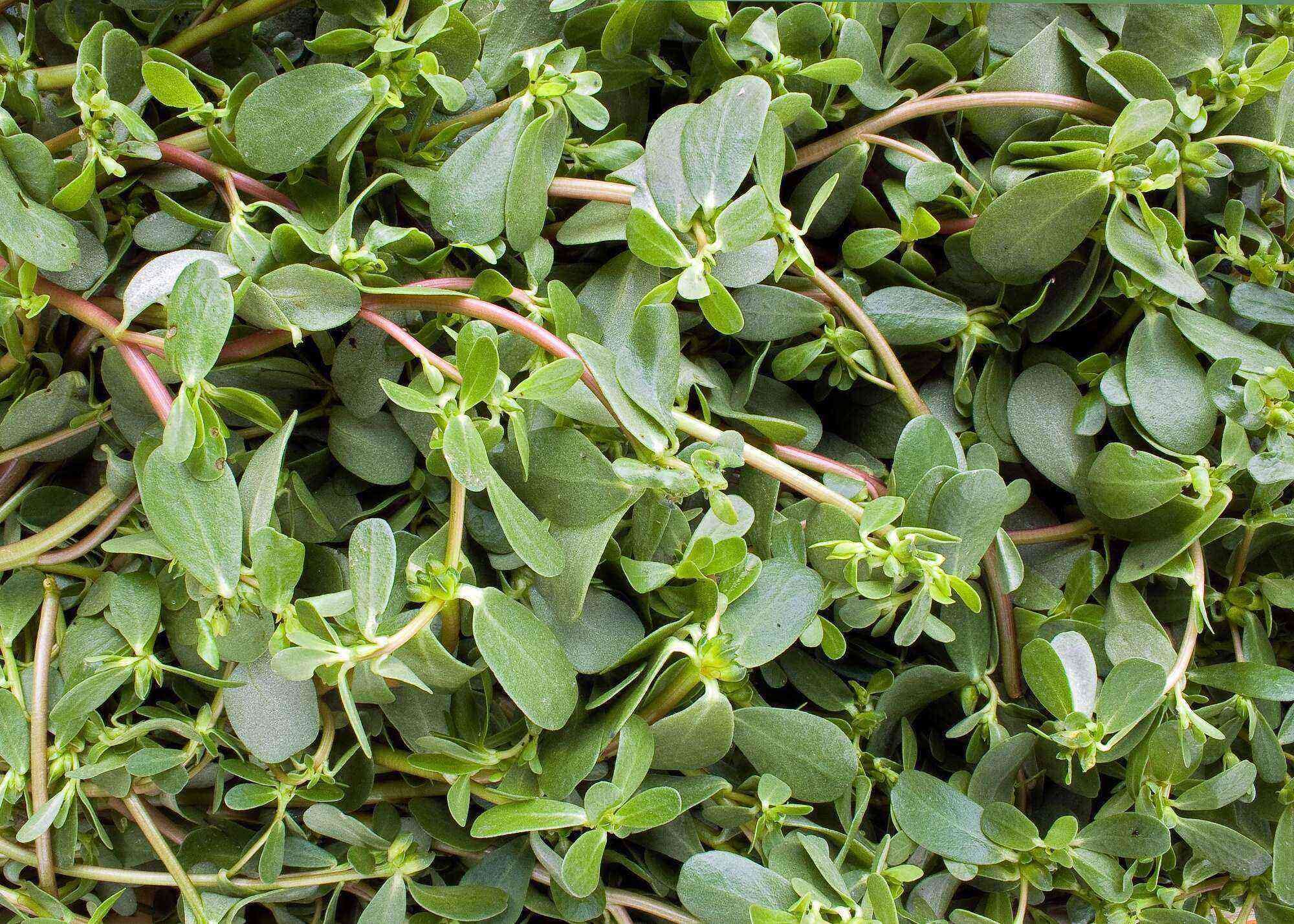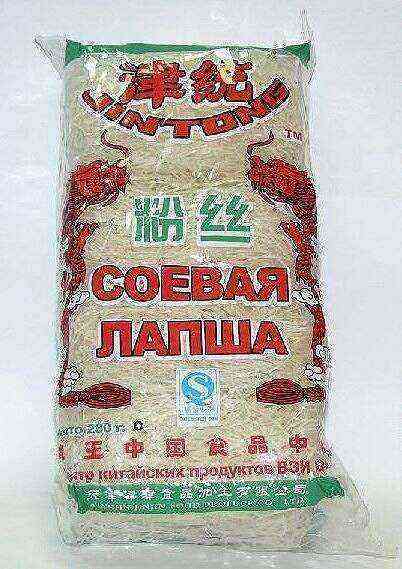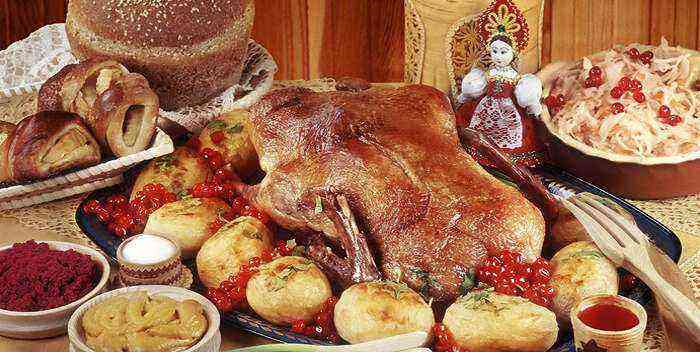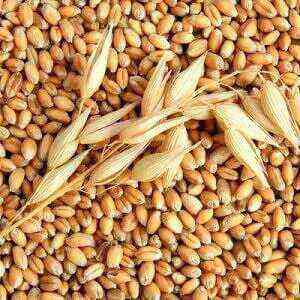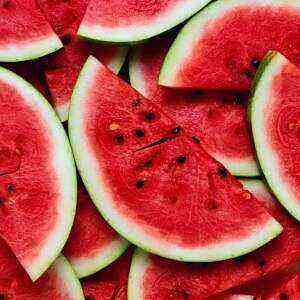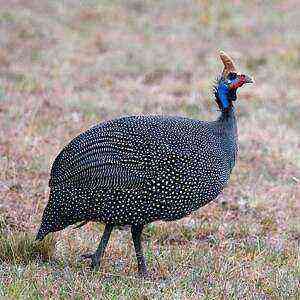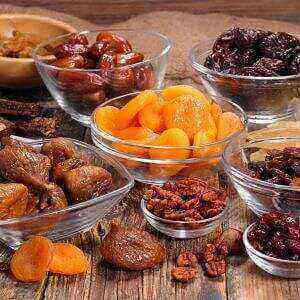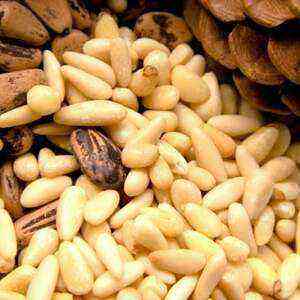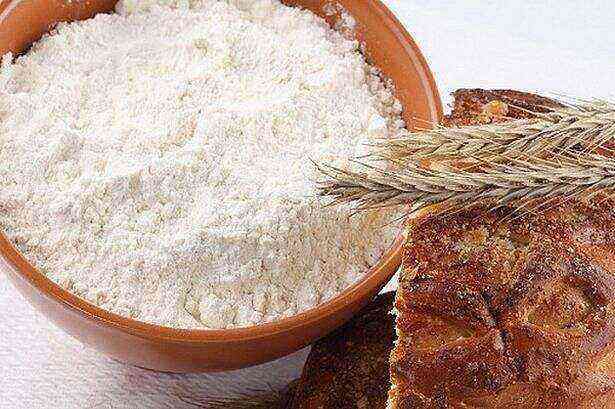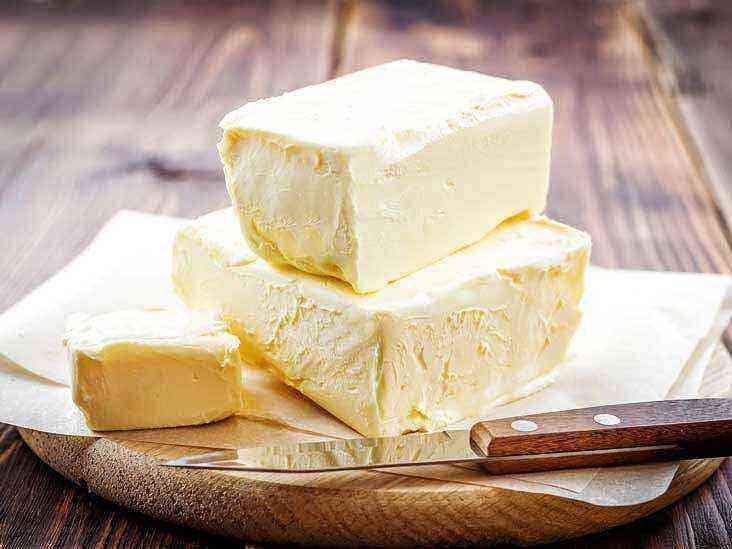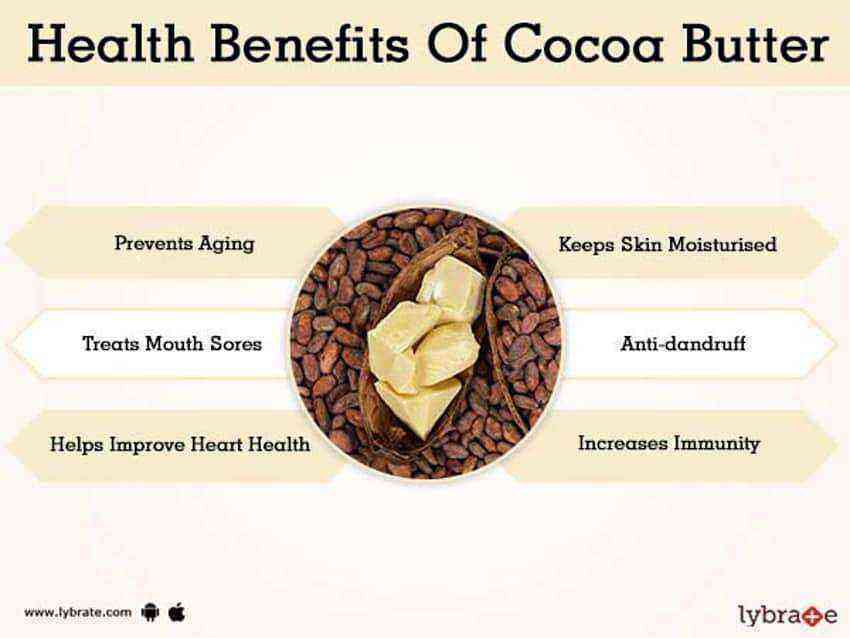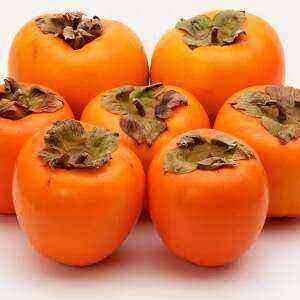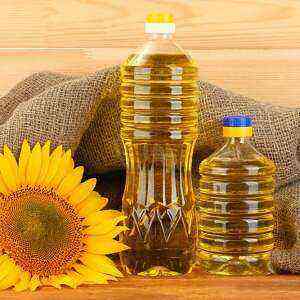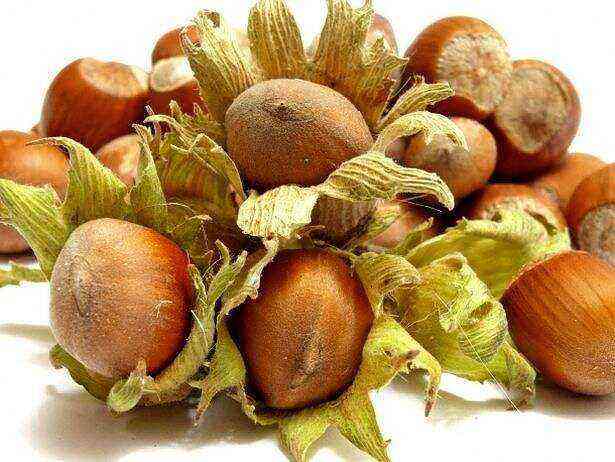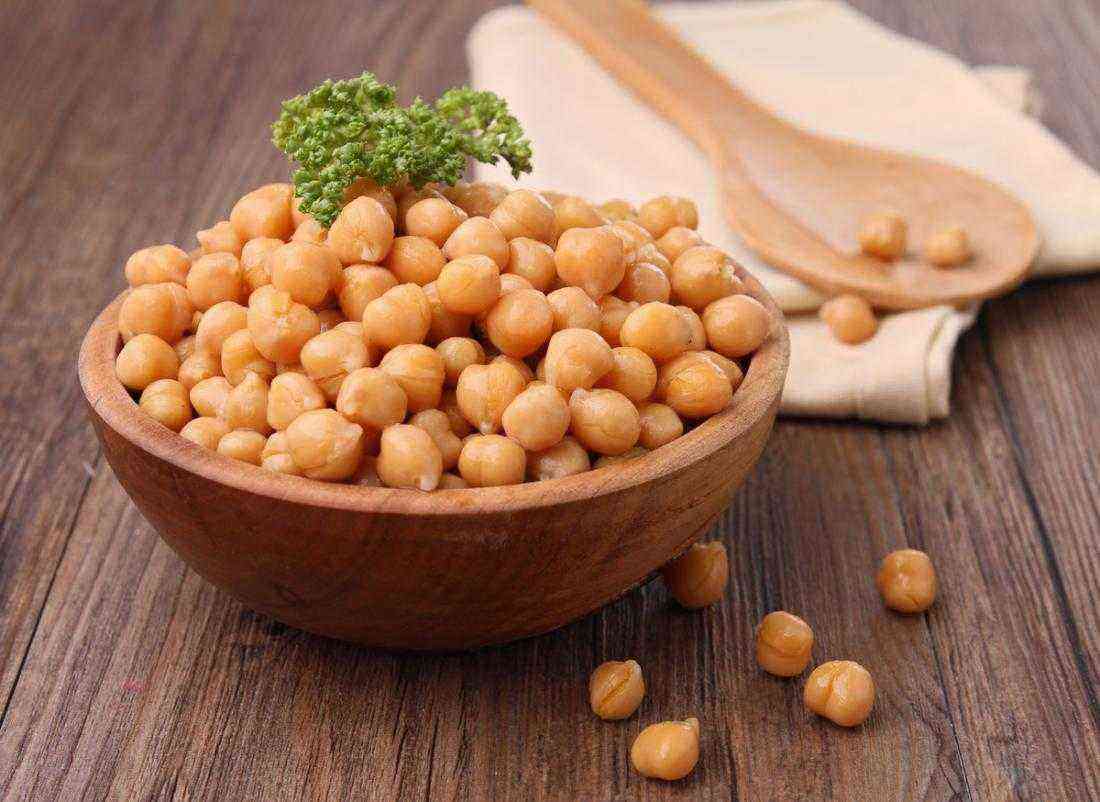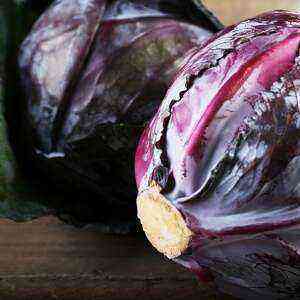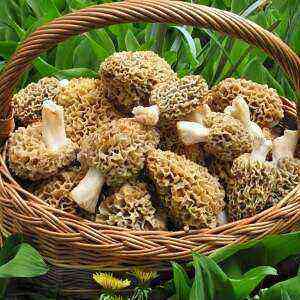 Morels are marsupial mushrooms with a porous wrinkled cap, belonging to the family of Morshell crops. The plant has a beneficial effect on the human body due to the content of bioactive substances: ash compounds, dietary fiber, vitamins, polysaccharides, micro- and macroelements. However, despite the high nutritional value, morels belong to the category of conditionally edible mushrooms (due to the content of toxic Helvelic acid). To neutralize the harmful compound, the plant is subjected to heat treatment or drying. In addition to cooking, morels are used in folk medicine. On the basis of this type of mushroom, decoctions, infusions and extracts are prepared, which are used to treat joint, ophthalmological and gynecological problems.
Morels are marsupial mushrooms with a porous wrinkled cap, belonging to the family of Morshell crops. The plant has a beneficial effect on the human body due to the content of bioactive substances: ash compounds, dietary fiber, vitamins, polysaccharides, micro- and macroelements. However, despite the high nutritional value, morels belong to the category of conditionally edible mushrooms (due to the content of toxic Helvelic acid). To neutralize the harmful compound, the plant is subjected to heat treatment or drying. In addition to cooking, morels are used in folk medicine. On the basis of this type of mushroom, decoctions, infusions and extracts are prepared, which are used to treat joint, ophthalmological and gynecological problems.
Botanical description
Morels are one of the most ancient representatives of the mushroom kingdom. The first mentions of them are found in the works of the ancient botanist Theophrastus, who lived in the XNUMXth century BC. In addition, the product was very popular in ancient Rome. It was considered an exquisite delicacy and was served at the royal table in the most expensive and elegant dishes.
Morels belong to the category of “early” spring mushrooms that appear immediately after thawing of the soil. They are distributed practically throughout Europe, America and Australia. The period of mass fruiting occurs in May-June. If spring is early, then mushrooms appear in the forest in mid-April.
Morels are easily recognizable by their fleshy cone-shaped caps, colored in a light brown tone. Their diameter varies within 3-6 cm, and the height is 3-7 cm. Moreover, the outer surface of the fruit bodies is dotted with many oval cells resembling a honeycomb. Obviously, because of this “wrinkling” culture got its name “morel”. The hat of a young plant is “planted” on a hollow cylindrical stem of a white or pale beige shade. As the mushroom matures, it changes its color to yellow and then brown-brown. The height of the leg varies from 3 to 9 cm, and the diameter is from 1 to 3 cm. In addition, the representatives of this family are characterized by a fragile waxy white pulp with a pleasant mushroom taste.
Morels prefer marshy, sandy and calcareous soils. They can be found in forest thickets, near mossy ditches, at the foot of mountains, near the edges of fields, in areas of old fires, where they grow in small colonies. However, in order to find edible mushrooms, you need to try hard, as they grow in grassy thickets, under dense bushes or last year’s foliage.
Chemical composition
Morels are classified as low-calorie foods, since their energy value is 30 kilocalories per 100 g.
Table number 2 “Chemical composition of morels”
Name
Substance concentration in 100 g of fresh mushroom, milligram
Vitamins
Niacin (PP) 2,25 Pantothenic acid (B5) 0,44 Riboflavin (B2) 0,21 Pyridoxine (B6) 0,15 Thiamine (B1) 0,08 Folic acid (B9) 0,009 Ergocalciferol (D2) 0,0051
Macronutrients
Калий
411
Фосфор
194
Кальций
43
Натрий
21
Магний
19
Trace Elements
Железо
12,18
Цинк
2,03
Медь
0,63
Марганец
0,59
Селен
0,002
Remember, only young fruiting bodies can be eaten, since with age they begin to accumulate harmful toxic components that cause intoxication of the body.
Medicinal properties and contraindications
The benefits of morels are due to the presence in their structure of rare polysaccharide substances (galactomannans, glucose, rhamnose, n-acetyl-glucosamines). These compounds improve metabolic processes in the visual apparatus, strengthen the eye muscle, prevent “clouding” of the lens. In view of this, morel extract is used to combat cataracts, glaucoma, myopia and hyperopia. In addition, drugs based on them are indicated for people whose work is associated with increased load on the visual apparatus.
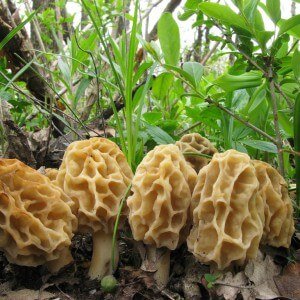 Useful properties of morels:
Useful properties of morels:
- Strengthen the secretion of gastric juice, accelerate metabolism.
- They activate the production of insulin.
- Stabilize pressure.
- Improves metabolic processes in cells and tissues.
- Strengthen blood circulation, elimination of toxins and toxins, increase the production of red blood cells.
- Prevents the development of varicose veins.
- Increases the production of breast milk.
- They restore the work of the vestibular apparatus.
- They normalize the water-salt balance.
- Reduces the manifestation of toxicosis in pregnant women.
- Improves the functional state of the brain.
- Reduces inflammation in muscle and cartilage tissue (after sprains).
- Increase sputum discharge.
Morels have antibacterial, diuretic, antiviral effects on the body.
Contraindications to the use:
- pancreatic diseases (pancreatitis, pancreatic necrosis, cyst);
- acute pathologies of the digestive tract (ulcer, gastritis, duodenitis);
- kidney disease (hepatitis, renal failure);
- decreased blood clotting;
- Children’s age (up to 5 years);
- individual intolerance.
Application in folk medicine
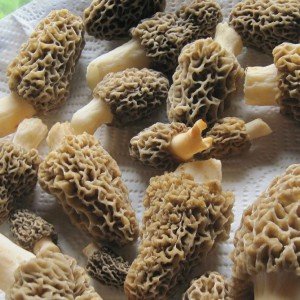 Recipes for medicinal infusions based on morels:
Recipes for medicinal infusions based on morels:
- Tincture for the eyes. To create a mixture, you will need 200 ml of vodka and 150 g of morels, dried in the sun (at least 3 months). After sublimation, the mushrooms are ground into powder and placed in an alcohol solution for 15 days. Take morel tincture in the morning and in the evening, 5 ml after meals, washed down with sour juice. The healing mixture is used to “brighten” the lens, strengthen the eye muscles, eliminate cramps and pain in the visual apparatus.
- A decoction to improve the functioning of the digestive tract. Soak fresh morels in salt water, then boil in three times the volume of liquid (20 minutes). After that, combine 20 g of crushed raw materials with 250 ml of water and boil for 30 minutes on low heat. The broth is insisted on a cooled plate for at least 5 hours. Healing liquid is taken four times a day, 50 ml (before meals). The water composition is effective for poor appetite, indigestion, intestinal disorders and poor lactation.
- External remedy for joint pain relief. Active ingredients: 100 g of fresh morels, 80 g of wild rosemary, 70 g of lungwort and 70 g of pussy willow flowers. Soak the mushrooms for 30 minutes in salted water, then grind in a blender. After that, mix all the ingredients and pour 600 ml of medical alcohol (70%). Place the mixture in a dark place for at least 14 days. Rub the tincture at least 5 times a day into the area of inflammation (for arthrosis, rheumatism, arthritis and sprains).
- Infusion for purifying blood and lymph. The composition is prepared from 300 g of fresh or 30 g of dried morels, which have been pretreated. The cleaned crushed raw materials are dipped into a half-liter container with vodka and shaken thoroughly. After that, the composition is placed in a cool place for 30 days. The tincture is taken after filtration, 5 ml twice a day, washed down with an acidic drink (fruit drink or juice). The composition is indicated for people suffering from anemia, lymphadenitis and lymphogranulomatosis.
Cultivation at home
The best place to grow morels is the apple orchard. They also thrive in prepared areas of broadleaf forest with natural shade from trees.
The principle of breeding morels:
- Preparing the soil for sowing mycelium. Considering that morels do not tolerate stagnant water, a drainage system should be built on the selected plot of land, and the top layer of soil should be replaced with a specially prepared substrate. The “correct” soil mixture is prepared according to the following scheme: every 6 portions of garden soil are combined with one part of ash and half the volume of wood chips. The finished substrate is mixed, and then spread in a ten-centimeter layer on the equipped beds. The laid soil is watered abundantly with water (10 liters per 1 square meter of land).
- Sowing mycelium. To get a good harvest, it is better to purchase spores from trusted suppliers, rather than use overripe morels, independently collected in the forest. The mushroom mycelium is spread over the surface of the prepared substrate, and then crushed with a small layer of earth (5 cm). After that, the soil is poured with water and covered with natural “insulation” (straw, foliage, small branches, apple pomace).
- Cultivation and harvesting. After sowing mycelium, it is important to monitor the moisture level of the substrate. As it dries up, a special nutrient concentrate is introduced into the soil, which promotes intensive germination of spores (for example, “Baikal EM-1”). In addition, to stimulate fruiting, the beds can be sprinkled with a thin layer of ash.
The crop is harvested 12 months after sowing. It is interesting that in one place the mycelium can bear fruit from 3 to 5 years. Caring for germinating spores is reduced to timely moistening of the soil and feeding the plant with wood ash. In autumn, the site is additionally covered with leaves, straw or grass. In the spring, after the snow has melted, the protective cover is removed, leaving a thin layer of plant material.
In most cases, after 2-3 weeks, morels begin to bear fruit. Considering that young mushrooms have delicate flesh, it is better to use a sharpened knife and a spacious container to collect them.
Remember, because of the fragility, morels quickly lose their presentation, so they should be transported as carefully and as soon as possible.
Cooking application
Thanks to their strong aroma and exquisite taste, morels have gained wide popularity among connoisseurs of mushroom dishes. In cooking, they are used fresh, frozen and dried. Morels are served as an independent appetizer, as well as as part of various multicomponent dishes (sauces, gravy, meat garnishes, fillings for pies, vegetable stews, mashed soups). This product goes well with sour cream, carrots, potatoes, cheese and eggs. Along with this, a fragrant seasoning is prepared from the dried fruits, which gives the food a pronounced mushroom flavor. The main condition is to properly prepare the product.
Algorithm for preliminary processing of raw materials:
- Place the mushrooms in a volumetric container with their legs up (to rid the fruit bodies of sand and insects).
- Pour cold water over morels, add salt, leave in liquid for 20 minutes. When using dried mushrooms, the soaking time is increased to 4-5 hours.
- Change the water.
- Heat the product (for 10 minutes). Salt the liquid before boiling.
- Remove semi-prepared morels from the hot broth and rinse under running water.
- Boil the raw material again for 15 minutes.
- Throw the finished morels in a colander and rinse several times with clean liquid.
After a two-fold heat treatment cycle, harmful compounds are completely volatilized.
Remember, only young fruit bodies (with a white stem) should be harvested, since with age the plant accumulates many toxins that cannot be removed by boiling.
Morels are ideal for stewing, roasting, stuffing and roasting. However, it is not customary to pickle and salt them. The shelf life of raw materials can be lengthened by drying them in the sun, in a ventilated room or in an oven.
How to dry morels properly?
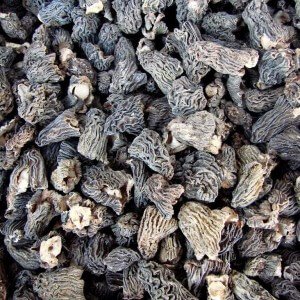 Only young fruit bodies of medium size are suitable for harvesting. Before drying, the mushroom caps are wiped with a damp cloth (cannot be washed). Sand and insects are removed from the folds. Morels are best dried naturally in the sun. To do this, 2 holes are made in the fruit bodies (at the root and base of the cap), after which they are strung on strong threads and covered with two layers of gauze. To avoid the appearance of mold, the minimum distance between the mushroom caps should be 1 cm. When cloudy weather sets in, morels can be dried over a hot stove or in an oven (under constant control). The full cycle of raw material procurement is 3 months.
Only young fruit bodies of medium size are suitable for harvesting. Before drying, the mushroom caps are wiped with a damp cloth (cannot be washed). Sand and insects are removed from the folds. Morels are best dried naturally in the sun. To do this, 2 holes are made in the fruit bodies (at the root and base of the cap), after which they are strung on strong threads and covered with two layers of gauze. To avoid the appearance of mold, the minimum distance between the mushroom caps should be 1 cm. When cloudy weather sets in, morels can be dried over a hot stove or in an oven (under constant control). The full cycle of raw material procurement is 3 months.
The method of natural drying of mushrooms allows you to preserve the nutritional value and high taste of the product for three years. High quality freeze-dried mushrooms are resilient and resilient. If their fruiting bodies are squeezed in the hand, they quickly rebuild their structure.
Along with this, during the drying process of raw materials, harmful toxins “come out” of its tissues. Interestingly, from 10 kg of fresh fruit, only 1 kg of freeze-dried product is obtained.
The finished morels are stored in a dry, well-ventilated place in paper or cardboard bags. The storage period is 3 years. At the same time, it is better not to store them near products containing a large amount of moisture (near vegetables, fish, meat).
Recipes
“Stewed morels with vegetables”
Ingredients:
- morels – 400 g;
- potatoes – 300 g;
- carrots – 250 g;
- tomatoes – 200 g;
- Eggplant – 180 g;
- bulgarian pepper – 150 g;
- onion – 100 g;
- olive oil – 30 ml;
- garlic – 25 g;
- dill, onion tops, basil, parsley;
- salt, pepper, mushroom seasoning.
Preparation Scheme:
- Boil morels in two changes of water, cut the boiled raw material into strips.
- Peel fresh vegetables. Grind potatoes into cubes, eggplant into slices, onions into half rings, pepper and tomatoes into small slices. Squeeze the garlic through a press, chop the herbs.
- Fry the onions and then combine them with garlic and mushrooms. Simmer for 5 minutes over medium heat.
- Place fresh and sautéed vegetables in a ceramic pan or multicooker (“Stew” mode). Add 150 ml of water, herbs, salt and spices to the mixture.
- Simmer vegetables for 50 minutes under a closed lid. After turning off the food, leave the food on the stove for 10 minutes.
The dish goes well with tomato juice and mustard sauce.
“Mushroom cutlets”
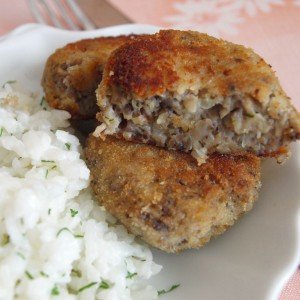 Ingredients:
Ingredients:
- morels – 300 g;
- white bread (dried) – 250 g;
- milk – 100 ml;
- onions (shallots or onions) – 100 g;
- sour cream (20%) – 50 g;
- breadcrumbs – 30 g;
- egg – 2 pcs.
Principle of preparation:
- Heat the mushrooms.
- Sauté chopped onions over medium heat (5 minutes).
- Pass the boiled morels through a meat grinder.
- Combine the mushroom mixture with one egg, bread soaked in milk, salt and fried onions. Form cutlets.
- Prepare 2 containers with breading: put a beaten egg in the first one, pour crackers in the second.
- Dip the cutlet in the egg and then in the crackers.
- Fry the product until tender.
Serve cutlets with sour cream dressing.
“Stuffed Morels”
Ingredients:
- fresh morels – 600 g;
- cream – 500 ml;
- liver (pork, chicken, turkey) – 300 g;
- onion – 250 g;
- cheese (suluguni or Dutch) – 200 g;
- prunes (dried) – 150 g;
- butter (or homemade sour cream) – 100 g;
- carrots – 100 g;
- dried herbs (parsley, dill, celery) – 20 g;
- egg – 1 pcs.
Method of preparation:
- Perform primary heat treatment of mushrooms (within 15 minutes). Separate the legs from the hats.
- Saute the carrots and onions.
- Boil the liver or meat until tender.
- Combine grilled vegetables, liver, morel legs, prunes and butter. Grind the mixture in a blender, meat grinder or food processor.
- Add a raw egg to the “filling”.
- Fill the morels with cooked minced meat.
- Place the mushrooms in a fireproof dish, pour over the cream and sprinkle with the cheese.
- Bake the stuffed morels in the oven for 40 minutes.
“Morel soup”
Ingredients:
- water – 1000 ml;
- morels – 300 g;
- potatoes – 200 g;
- cream – 200 ml;
- onion (shallot) – 150 g;
- carrots – 70 g;
- olive oil – 60 ml;
- parsley (fresh) – 1 bunch;
- garlic – 15 g
- salt – 10 of
Technology of preparation:
- Boil mushrooms in salted water (20 minutes).
- Fry the garlic, onions and carrots until golden brown.
- Add morels to sautéing, simmer the mixture for 7 minutes.
- Transfer the mushroom mass to a saucepan and pour clean water over it.
- Pour chopped potatoes and salt into the broth (after boiling), boil the vegetables until tender.
- Puree the contents of the pan with a blender.
- Combine the mushroom mixture with cream and boil again.
- Prepare a flavored dressing. To do this, mix olive oil with chopped parsley and garlic (passed through a press).
Before serving, the puree soup is combined with a fragrant dressing.
“Morels in sour cream sauce”
 Ingredients:
Ingredients:
- mushrooms – 500 g;
- meat broth – 250 g;
- sour cream (preferably thermostatic) – 200 g;
- olive fat (can be replaced with corn or sunflower oil) – 50 g;
- ghee butter (or butter) – 30 ml;
- flour – 25 g;
- lemon juice – 10 ml;
- egg – 1pcs;
- salt, spices, mustard.
Principle of preparation:
- Boil mushrooms in two changes of water.
- Grind the product in a blender or meat grinder (to obtain a homogeneous mass). If desired, morels can be cut into small slices.
- Place the mushroom sauce in a saucepan with melted butter. Simmer the mixture for 20 minutes under a closed lid.
- Mix flour with vegetable fat, bring to a boil.
- Pour the raw materials into the oil mixture, and then fry until tender (15 minutes).
- Combine the mushroom mass with sour cream, egg, salt, seasonings and meat broth. Boil the sauce for another 3-5 minutes. If desired, you can add cheese to the appetizer.
Morel sauce goes well with mashed potatoes, stewed vegetables and boiled rice.
Conclusion
Morels are a type of early edible mushroom that appears shortly after the soil thaws. They are easily recognizable by their cone-shaped fleshy cap, on the outside of which there are many oval cells. Morels are useful for the human body, since they contain valuable nutrients: polysaccharides (galactomannan, rhamnose, glucose, n-acetyl-glucosamine), micro- and macroelements (potassium, phosphorus, iron, zinc), B vitamins. These compounds improve functional state of the eyes, strengthen the immune system, stimulate the secretion of digestive juices, accelerate the elimination of toxins and toxins, reduce inflammation in the cartilage tissue, increase lactation. In view of this, morels are widely used in folk medicine. On their basis, water extracts, alcoholic tinctures and multicomponent decoctions are prepared.
In addition to the pharmacological properties, morels have a pronounced mushroom taste. They are great for baking, roasting, stewing and drying. However, in order to obtain a nutritious and tasty dish, the mushrooms must be pre-prepared (to neutralize toxic substances). To do this, fresh raw materials are soaked in salt water, and then subjected to two heat treatment (for 20 minutes) in two water changes. In addition, it is possible to destroy the poisonous Helvelic acid by drying the fruit bodies in the sun for three months.
Remember, for culinary and medicinal purposes it is better to collect young fruiting bodies (with a white “stem”) of medium size until they have had time to accumulate toxic compounds.


